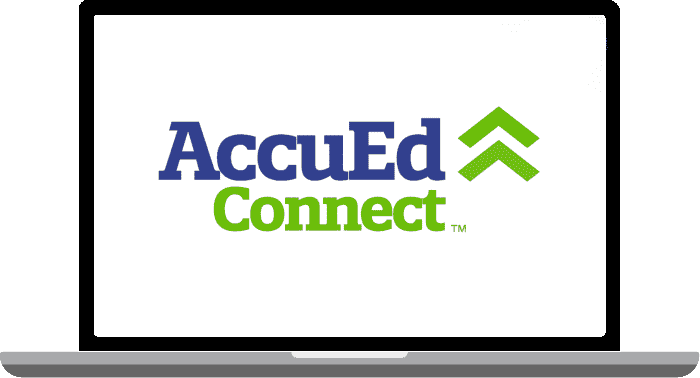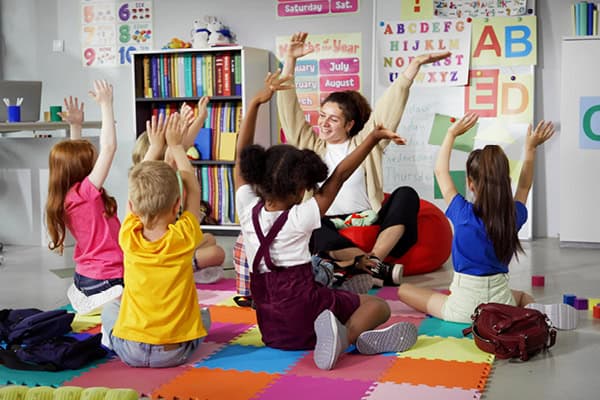The Metropolitan School District of Decatur Township has been successfully using video for teacher professional learning for more than seven years, writes Dr. Stephanie Hofer, the interim superintendent at Metropolitan School District of Decatur Township in Indiana, in eSchool News.
According to recently retired former superintendent, Dr. Matt Prusiecki, the return on investment has been “tremendous” because “the entire district team is more reflective on practice, teacher retention has increased, and student achievement has been raised by improving the quality of instruction.”
“Here’s how we’ve used video coaching to improve all of our teachers’ self-reflection, growth mindset, and mastery of teaching practices,” he says.
“In every building, we have instructional leadership teams and professional learning communities (PLCs). Everyone, everywhere in our district, from top to bottom, receives coaching. Video gives leadership an opportunity to calibrate their coaching methods and evaluations by, for example, sharing a video and discussing how they would each score the teaching in it. It’s logistically difficult for colleagues to observe each other on an average day, but using video in our PLCs has allowed teachers to coach one another, even if they are never able to visit each other’s classes.
“Teachers are in control of their own videos to get comfortable recording themselves. We want them to take risks, and they need to be in the driver’s seat if they are going to feel safe enough to do that. That means they get to decide what they want help with and when they will record themselves. Just deciding what to focus on encourages teachers to reflect on their practice, and that’s a win even if no one else ever sees the video.
“We ask teachers to just watch their videos and see what they notice, and see if there’s anything they could do better or that they’d like to change. From there, we encourage them to share it with one or two of the folks in their PLC as an opportunity to reflect on their practice with colleagues they trust, respect, and have chosen to be vulnerable with. When they’re ready, they may share videos with their principal, their whole PLC, or some other individual or group of educators.
“Keeping the videos short is helpful. Our teachers say that about 10 minutes is the sweet spot–the same length as an observation by a coach or administrator. To measure progress, we created a teacher reflection rubric as well as questions teachers can keep an eye on as they watch their recordings. They’re designed to engage teachers in deeper reflection by asking themselves things like, ‘How did that question I asked impact my students’ learning? If I tweaked this, what would that do for my kids?’
“Our instructional coaches share coaching videos with each other. This gives them the same opportunity as our teachers to reflect collaboratively, and it also supports districtwide alignment. Every coach in the district learns to speak the same language, and they’re able to bounce ideas off each other and broaden the discussion by sharing perspectives. It’s easy to say, “We all get coached and all have room to grow,” but video actually gives us the visibility into everyone’s practices necessary to actually get that coaching done.
“Video has also helped us to identify what’s working and what’s not when teachers get disparate results. A group of kindergarten teachers can plan together, for example, but all have different results in the classroom. Normally, figuring out why everyone saw different results is essentially a guessing game. By using video, they can look into those different classrooms together to analyze and reflect on the differences they see and how those might affect outcomes.
“It’s not about “catching” the teachers who are having less success. It can be about celebrating wins. It’s about examining the delivery, presentation, or general classroom atmosphere behind the success their colleagues are having. It creates a positive environment that is more focused on coaching than evaluation.
“We know that it’s working because we send out surveys to our new teachers in their first five years, and the results have shown that video coaching has helped them feel more supported early on. New teachers tend to leave the field fast. Pairing them with a veteran educator through video is much easier than dealing with the logistics of in-person meetings, and having a mentor to check in with can make all the difference in the world when they think about whether they want to continue teaching.
“There’s also something to be said for videos created by teachers outside the district. Teaching Channel’s EMPOWER Platform provides a library of nearly 1,700 videos from educators around the country. The videos cover best practices for questions, grouping, lesson structure, pacing, or examples of other issues a teacher might need. It’s nice to have examples from outside our district so no one has to say what they like and dislike about the teaching performance of someone sitting right next to them.
“Video coaching has helped us to see the growth our greatest practitioners have been cultivating in their classrooms all along, to share that progress with their colleagues, and to nurture teaching excellence in all our teachers.”
eSchool News






